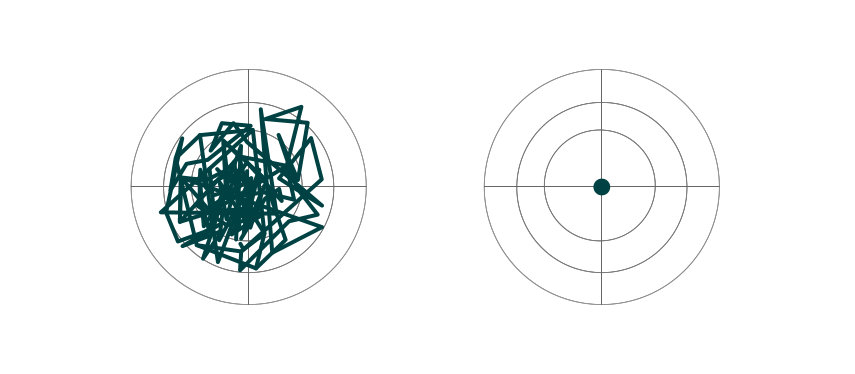Aligna is a complete solution for beam pointing stabilization and/or beam guidance. The control electronics, a combined angle and position detector and two active mirrors form a feedback loop, which suppresses thermal drifts as well as fast fluctuations. This adjusts the beam alignment to submicron accuracy. In addition, the Aligna system offers various algorithms and functionalities such as:
- Scanning of the beam’s angle and position
- Optimization of the beam pointing
- Parallelization of the beam with respect to moving axes
- Self-learning parameter settings
- Modular system, control of up to 4 beams
- All common wavelengths
































